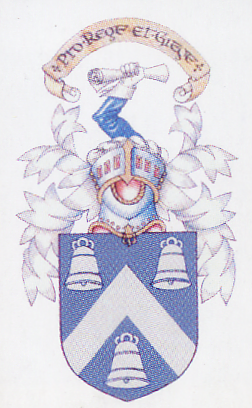
The Madras College Archive

|
|
||
|
|
The Madras College Archive |
|
|
Former Teacher Biographies John Adamson (1809 - 1870)
Adamson was educated in the University of St Andrews and University of Edinburgh, graduating with a diploma in Surgery in 1829. He moved to Paris, where he opened up a practice and was then employed as a ship's surgeon on a voyage to China. He returned to St Andrews in 1835, where he set up practice permanently. Adamson became heavily involved with Brewster at the university, studying the calotype and also became a lecturer and curator of the university museum. The older brother of pioneering photographer Robert Adamson, it was John who produced the first calotype portrait in Scotland at the Royal Museum in Edinburgh around 1841 with his close associate, physicist David Brewster of the University of St Andrews. Adamson "discovered how to control a process that remained remarkably difficult." John was also responsible for educating Robert in the process which he later used to produce some 2500 calotypes with David Octavius Hill between 1843 and 1848.Through Brewster. Adamson was in close contact with Henry Fox Talbot who invented the process. He obtained a Master's Degree in 1843. He was also a member and the curator of the St Andrews Literary and Philosophical Society museum from 1838 until his death.
|
||||